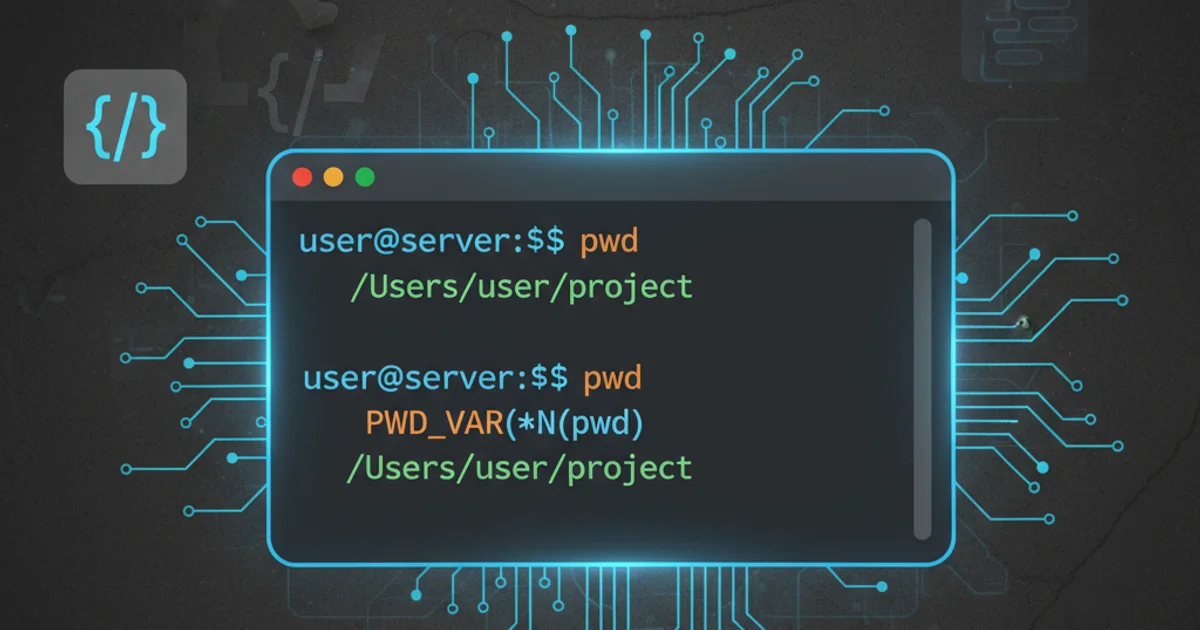How does ThreadPoolExecutor().map differ from ThreadPoolExecutor().submit?
Categories:
ThreadPoolExecutor: .map() vs. .submit() for Concurrent Tasks in Python

Explore the key differences between ThreadPoolExecutor's .map() and .submit() methods for managing concurrent tasks in Python, understanding their use cases, and choosing the right tool for your needs.
Python's concurrent.futures module provides a high-level interface for asynchronously executing callables. The ThreadPoolExecutor is a popular choice for CPU-bound or I/O-bound tasks that benefit from concurrency. When working with ThreadPoolExecutor, two primary methods for submitting tasks are .map() and .submit(). While both execute functions concurrently, they cater to different patterns of task submission and result retrieval. Understanding their distinctions is crucial for writing efficient and readable concurrent Python code.
Understanding ThreadPoolExecutor.submit()
The .submit() method is the more fundamental of the two. It schedules a single callable to be executed and returns a Future object immediately. A Future object is a placeholder for the result of an asynchronous operation. You can then use methods like .result() to retrieve the function's return value (blocking until it's available) or .done() to check if the task has completed. This method is ideal when you need fine-grained control over individual tasks, want to process results as they become available, or when tasks have different arguments or dependencies.
import concurrent.futures
import time
def task(name, duration):
print(f"Task {name}: Starting for {duration} seconds...")
time.sleep(duration)
print(f"Task {name}: Finished.")
return f"Result from {name}"
with concurrent.futures.ThreadPoolExecutor(max_workers=3) as executor:
# Submit individual tasks
future1 = executor.submit(task, 'A', 2)
future2 = executor.submit(task, 'B', 1)
future3 = executor.submit(task, 'C', 3)
# Retrieve results as they become available (or in submission order)
print(f"\nRetrieving results:")
print(future1.result())
print(future2.result())
print(future3.result())
print("All tasks completed using .submit()")
Example of using ThreadPoolExecutor.submit() for individual tasks.
.submit(), consider using concurrent.futures.as_completed() to process results as soon as they are ready, rather than waiting for tasks in the order they were submitted. This can improve responsiveness for tasks with varying execution times.Understanding ThreadPoolExecutor.map()
The .map() method is designed for a common pattern: applying a single function to a sequence of arguments. It behaves similarly to the built-in map() function but executes the function calls concurrently across the thread pool. It returns an iterator that yields results in the order the corresponding calls were submitted. This means if the first task takes a long time, you won't get any results until that first task completes, even if subsequent tasks finish earlier. .map() is excellent for parallelizing a loop where each iteration is independent and applies the same function.
import concurrent.futures
import time
def square(number):
print(f"Calculating square of {number}...")
time.sleep(number * 0.5) # Simulate work
return number * number
numbers = [1, 5, 2, 4, 3]
with concurrent.futures.ThreadPoolExecutor(max_workers=3) as executor:
print("\nUsing .map() to process numbers:")
# .map() applies 'square' to each item in 'numbers'
# Results are yielded in the order of 'numbers'
for result in executor.map(square, numbers):
print(f"Result: {result}")
print("All tasks completed using .map()")
Example of using ThreadPoolExecutor.map() for applying a function to a sequence.
Key Differences and When to Use Which
The choice between .map() and .submit() largely depends on your specific use case and how you need to manage task submission and result retrieval. Here's a summary of their core differences:
flowchart TD
A[Start]
subgraph submit_path [Using .submit()]
B[Submit individual tasks] --> C[Returns Future objects immediately]
C --> D{Process results with .result() or as_completed()}
D --> E[Flexible result order, fine-grained control]
end
subgraph map_path [Using .map()]
F[Apply function to iterable] --> G[Returns iterator of results]
G --> H[Results yielded in input order]
H --> I[Simpler for uniform tasks, less control]
end
A --> submit_path
A --> map_path
E --> J[End]
I --> J[End]Comparison of the workflow for ThreadPoolExecutor.submit() and .map().
ThreadPoolExecutor uses threads, which are subject to Python's Global Interpreter Lock (GIL). This means that for CPU-bound tasks, ProcessPoolExecutor (which uses processes) is generally more effective at achieving true parallelism.Practical Considerations
When deciding between .map() and .submit(), consider these points:
- Result Order: If you need results in the same order as your inputs,
.map()is convenient. If you need to process results as soon as they are ready, regardless of input order,.submit()combined withas_completed()is the way to go. - Function Arguments:
.map()is best when applying a single function to a sequence of single arguments (or multiple arguments if usingitertools.starmap)..submit()offers more flexibility for functions with varying arguments or keyword arguments. - Error Handling: Both methods propagate exceptions. With
.map(), an exception in any task will be raised when you try to retrieve its result from the iterator. With.submit(), the exception is stored in theFutureobject and raised when.result()is called on that specific future. - Simplicity vs. Control: For simple, uniform task distribution,
.map()provides a cleaner, more concise syntax. For complex workflows, dependencies, or custom result handling,.submit()offers greater control.